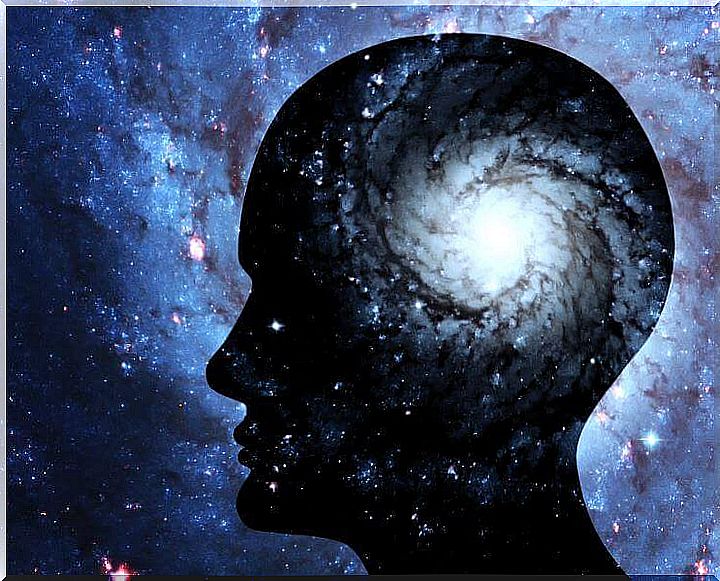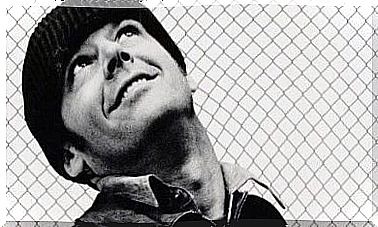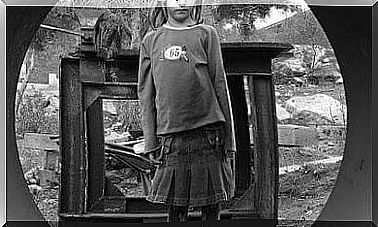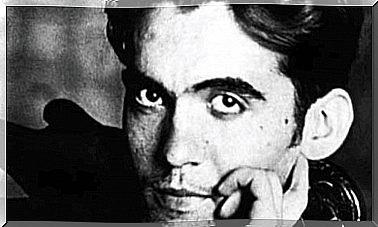What Is The Frontal Lobe?

The nervous system (SN) is an enormously complex network of neurons and glial cells that will ultimately determine our behaviors, thoughts, and emotions. These nerve units, in order to fulfill their function, will be grouped into larger structures. Each of these groups will make its contribution to this complex machinery. One of the most remarkable structures of the SN will be the brain. Which is divided into a series of substructures called lobes. Among them the frontal lobe, which will be the protagonist of this article.
First of all, we need to understand that the lobes are defined from a division of the cerebral cortex. A division that is made according to the role they fulfill in the different processes and their location. So that if the brain were the earth, the lobes would be something like the continents.
This classification is very functional in that it serves as a map to easily locate certain points in the brain. The cerebral cortex is made up of 6 functional lobes: frontal, parietal, occipital, temporal, insular and limbic.
In this article, we will focus on the most relevant of these, the frontal lobe. We will start by highlighting the area it occupies, since it represents a third of our cerebral cortex.
Structure and functions of the frontal lobe
The frontal lobe is located in the most anterior part of the brain, specifically the entire cerebral cortex of the central sulcus. It is considered to be a very important lobe because it fulfills central functions in information processing, especially those of an executive nature. The frontal lobe is divided into several regions which give it a wide variety of functions.
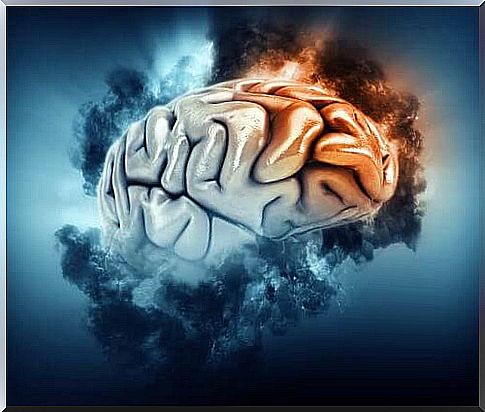
When it comes to grouping together the different functional structures of the frontal lobe, we can talk about two large areas. One of them would be the territory corresponding to the motor cortex, which would fulfill functions of a motor nature; and the other territory would be the prefrontal cortex, in charge of executive processes, decision-making and various aspects related to the regulation of emotions.
The motor cortex
The motor cortex of the temporal lobe is the manager of the body’s effector systems. Thanks to it, we can perform all kinds of voluntary motor actions. This structure is responsible for both planning the movement and transmitting commands to the muscles to kick in.
It is important to note that this cortex is only responsible for voluntary movements, the involuntary motor system is present in other structures, such as the basal ganglia and the cerebellum.
We can find three relevant areas in the motor cortex:
- The premotor area. She is in charge of planning and programming movements. Before performing a movement, these neurons are responsible for establishing the muscles and the steps necessary for the correct resolution of said movement.
- The primary motor area. This is the cortex that is responsible for executing scripts prepared by the premotor cortex. In other words, it is responsible for triggering the action of the movement, sending the commands to the muscles.
- Broca’s area. She is responsible for the production of language. Its function is to coordinate the phonological muscles so that the subject can speak and pronounce. It plays a role in the production of writing. To learn more, click on the following link.
The pre-frontal cortex
In this region we find the executive system. And the information processor of the human brain. The prefrontal cortex of the frontal lobe is responsible for the cognition, behavior and emotional response of subjects. It mediates between many other structures in the brain. And plays a fundamental role in decision making.
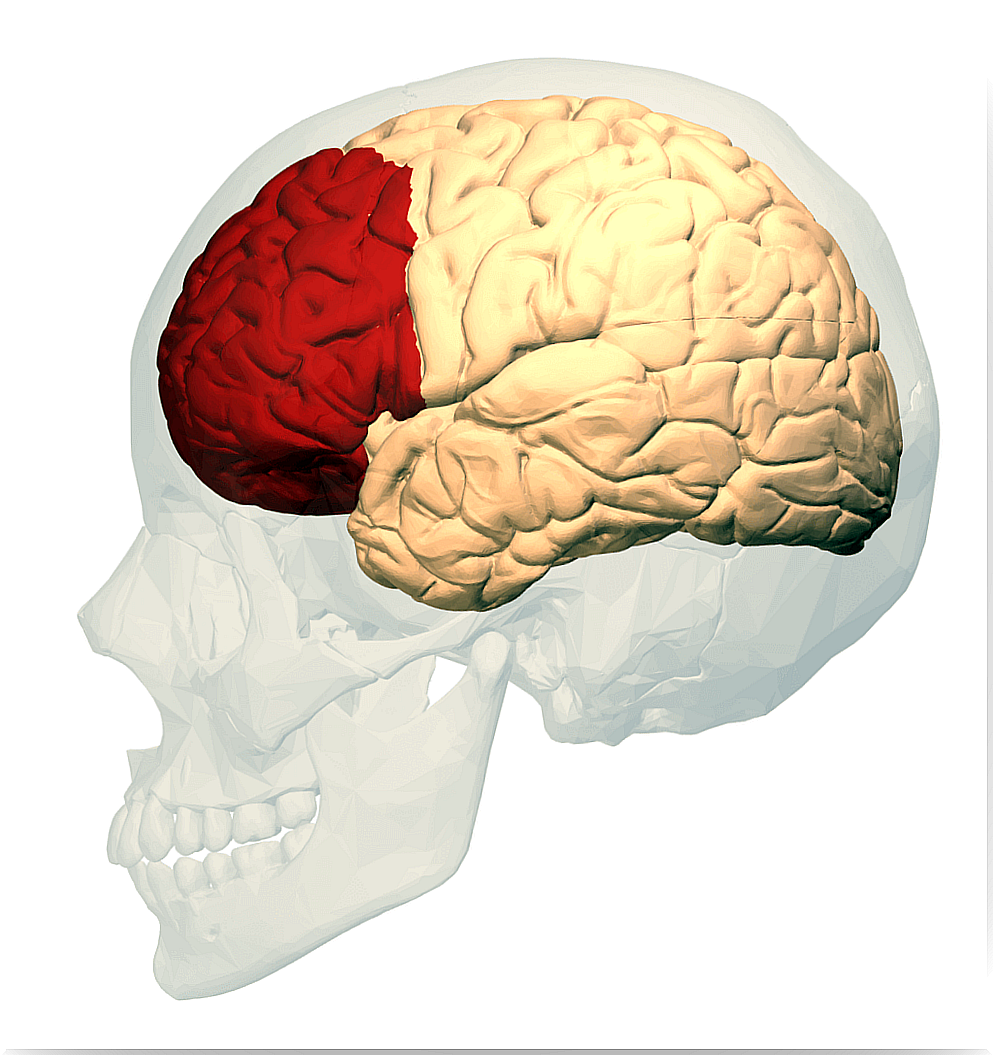
It should be made clear that executive functions are a set of higher-order cognitive skills. They control our behavior and our emotions. In other words, all the processes that are responsible for managing, organizing, coordinating and directing; we could compare them to the processor of a computer.
We can distinguish within this cortex three regions of great functional importance:
- The dorsolateral frontal cortex (CPDL). It connects to regions of other lobes and transforms thought into plans, behaviors and decisions. CPDL is closely related to higher psychological processes such as working memory, metacognition, attentional control, cognitive flexibility, etc.
- The cingulate area. Its function is strongly linked to the regulation of motivational processes. It is responsible for inhibiting or inducing the individual to act. It is also responsible for certain processes related to the regulation and maintenance of attention.
- The orbitofrontal cortex. It fulfills the mission of controlling affectivity and social behavior. It is involved in the processing and regulation of emotions and affective states. The orbitofrontal cortex adapts behavior according to the context.
The frontal lobe is one of the most important structures in our brain. Its study through different neuroscientific techniques gives us valuable information. Understanding its structure and functionality brings us closer to understanding our biology. And gives us clues about its relationship to our behaviors, emotions and thoughts.
